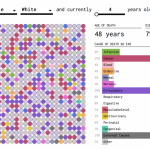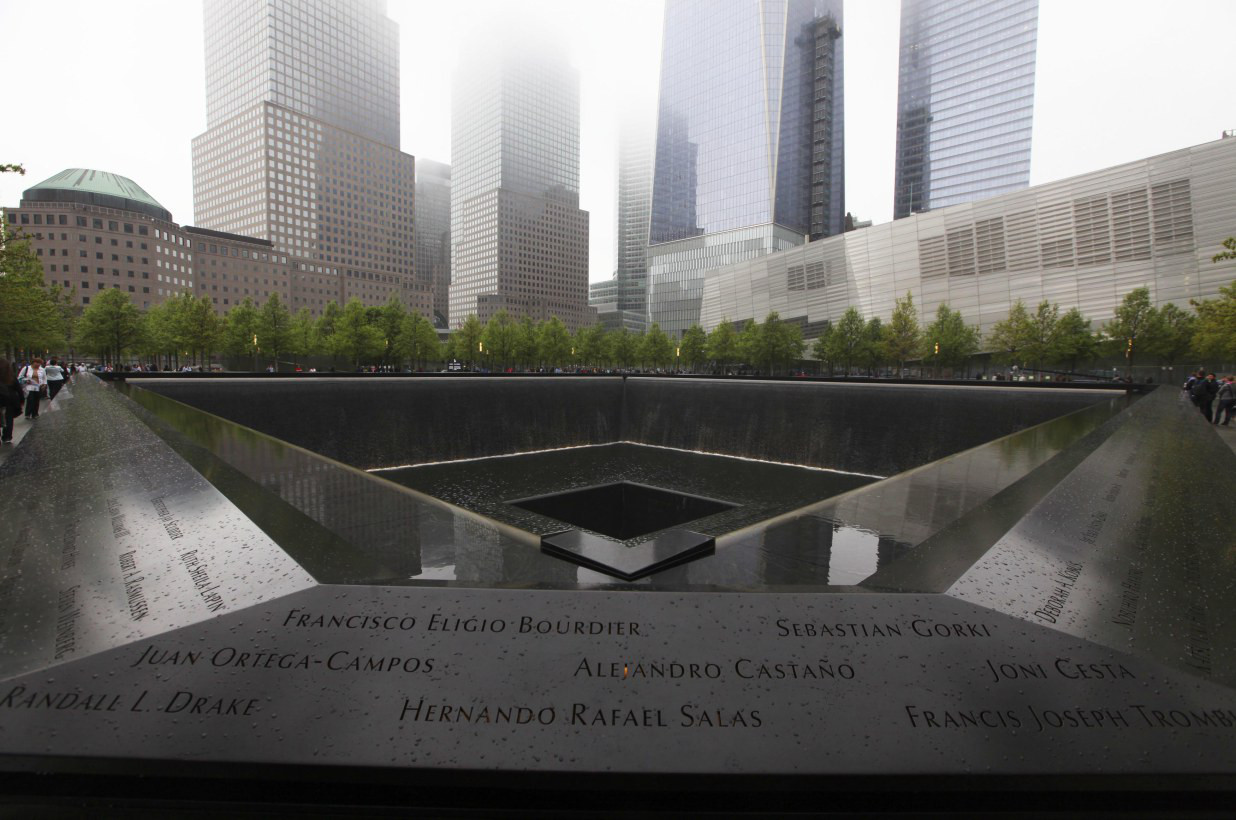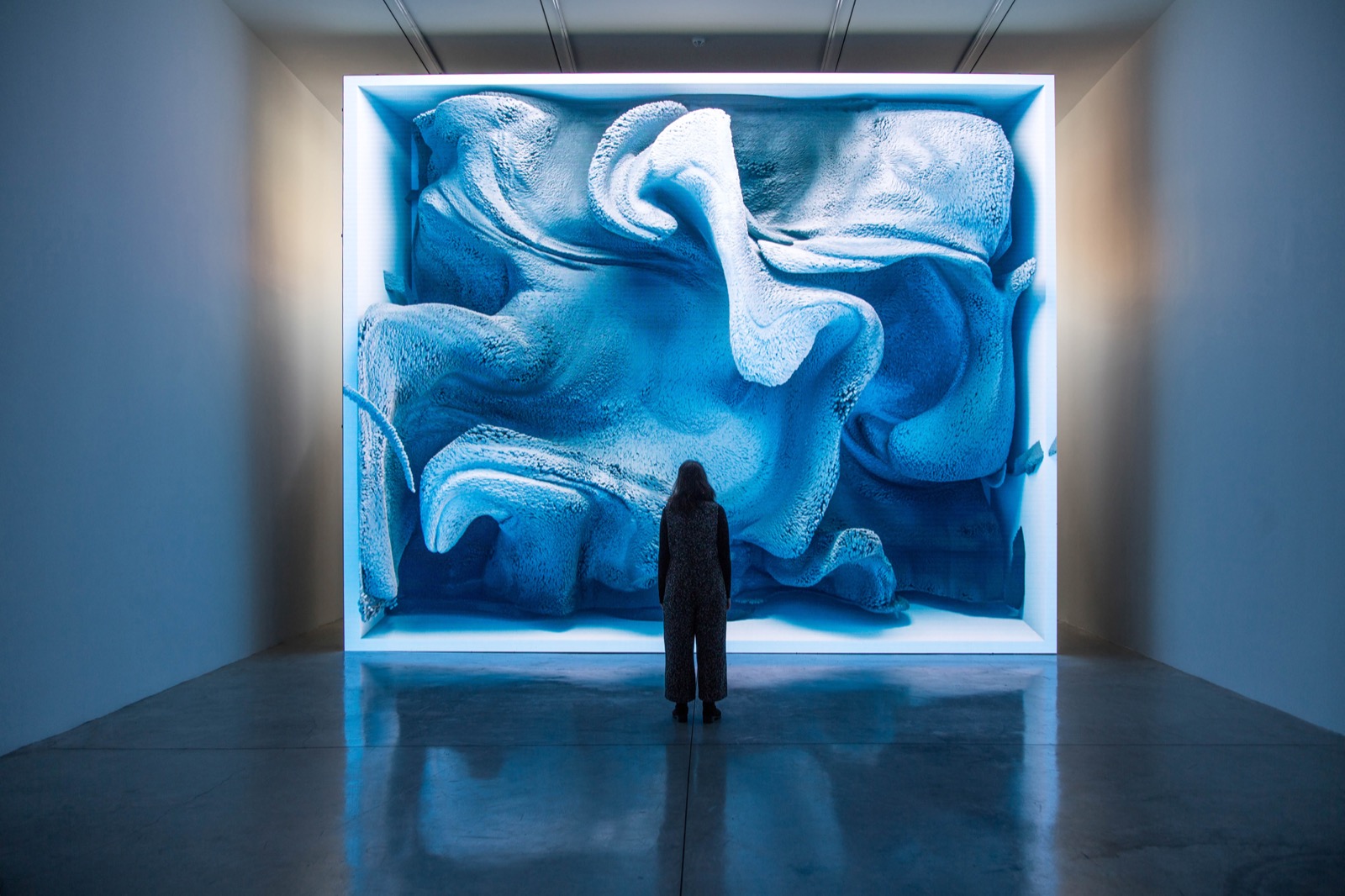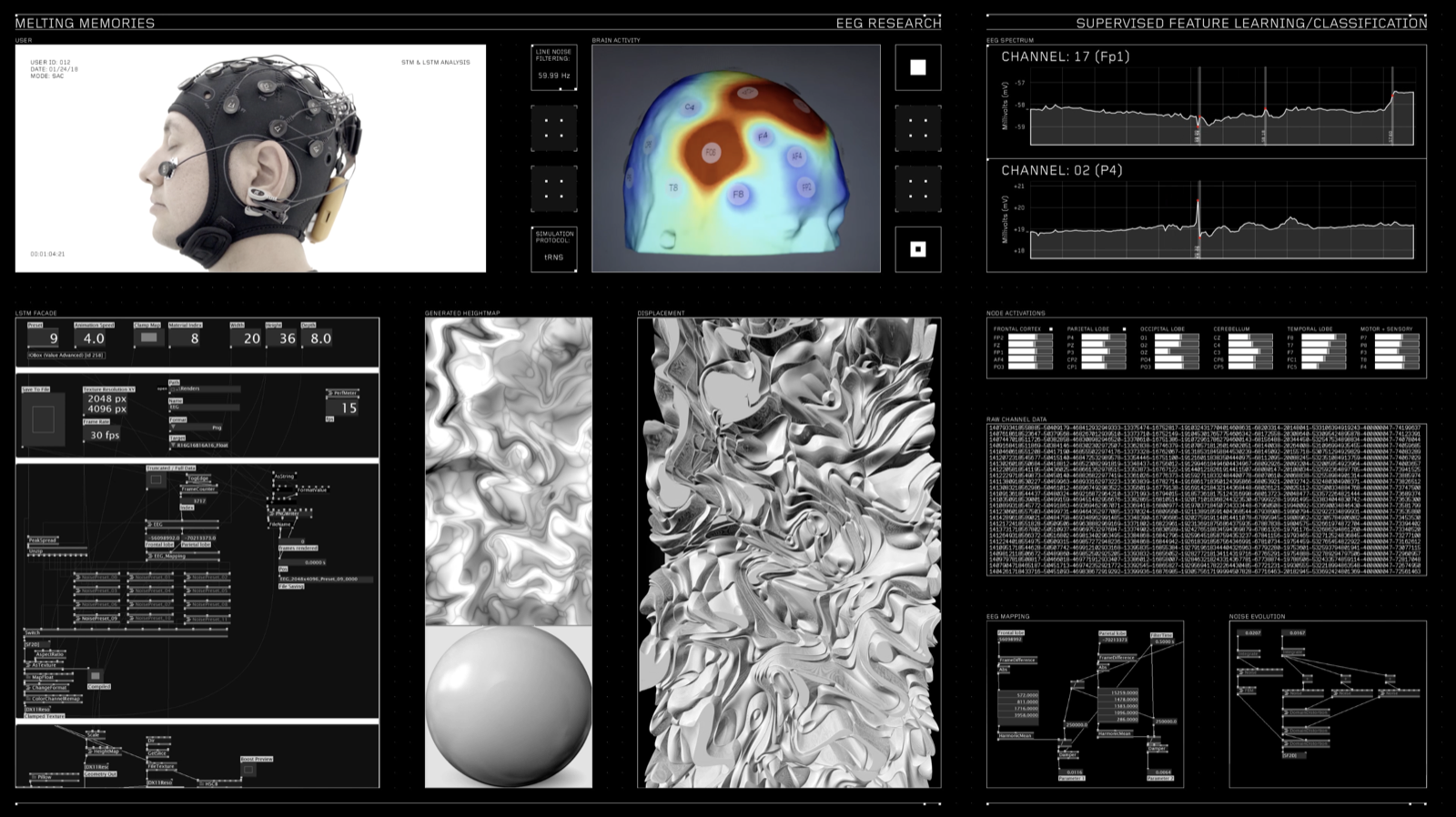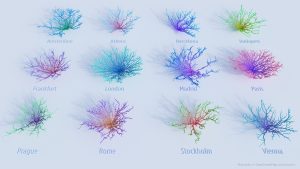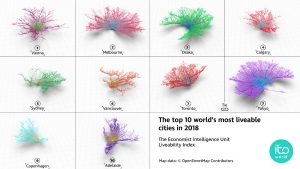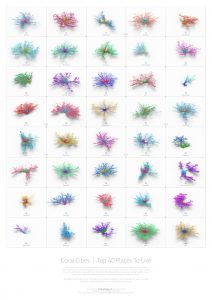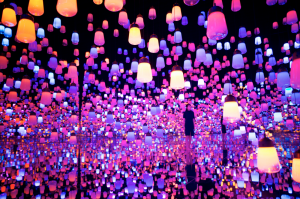This week, I have decided to review Jenny Hu’s Week 7 Looking Outwards on Giorgia Lupi and Kaki King’s project titled ‘Bruises: The Data We Don’t See‘ (2017). I decided to review project because last week, I reviewed a few projects by Lupi and really enjoyed how she is able to humanise data and convey it in a visceral way. I really enjoyed Jenny’s note about how the creators of this project tied in the sensorial and emotional experience of documenting Kaki’s child’s journey with the ITP condition, as it makes the user feel a lot more connected and be able to empathise with the patient. Further, something I admired about this project was how Lupi and King began the project by hand documenting symptoms and moods by hand via charts and interviews, but were able to piece the information together in a fluid timeline that was sensitive to the context at hand via digital animation. Something else that I found especially visceral about this project was the motif chosen– the white flowers and hand written annotations created a delicate quality, that allowed for the symbols exploration to supplement with a truthful transcription of the pockets of pain and pleasures of the journey. Finally, I love how the animation of the piece (how the petals, text and symbol embellishments fade onto the screen) fills in a ghostly shell, and helps viewers to understand that the child’s journey is every changing and not static, filled with both highs and lows, thus conveying an important piece of the emotional journey while also allowing for artistic direction to occur.
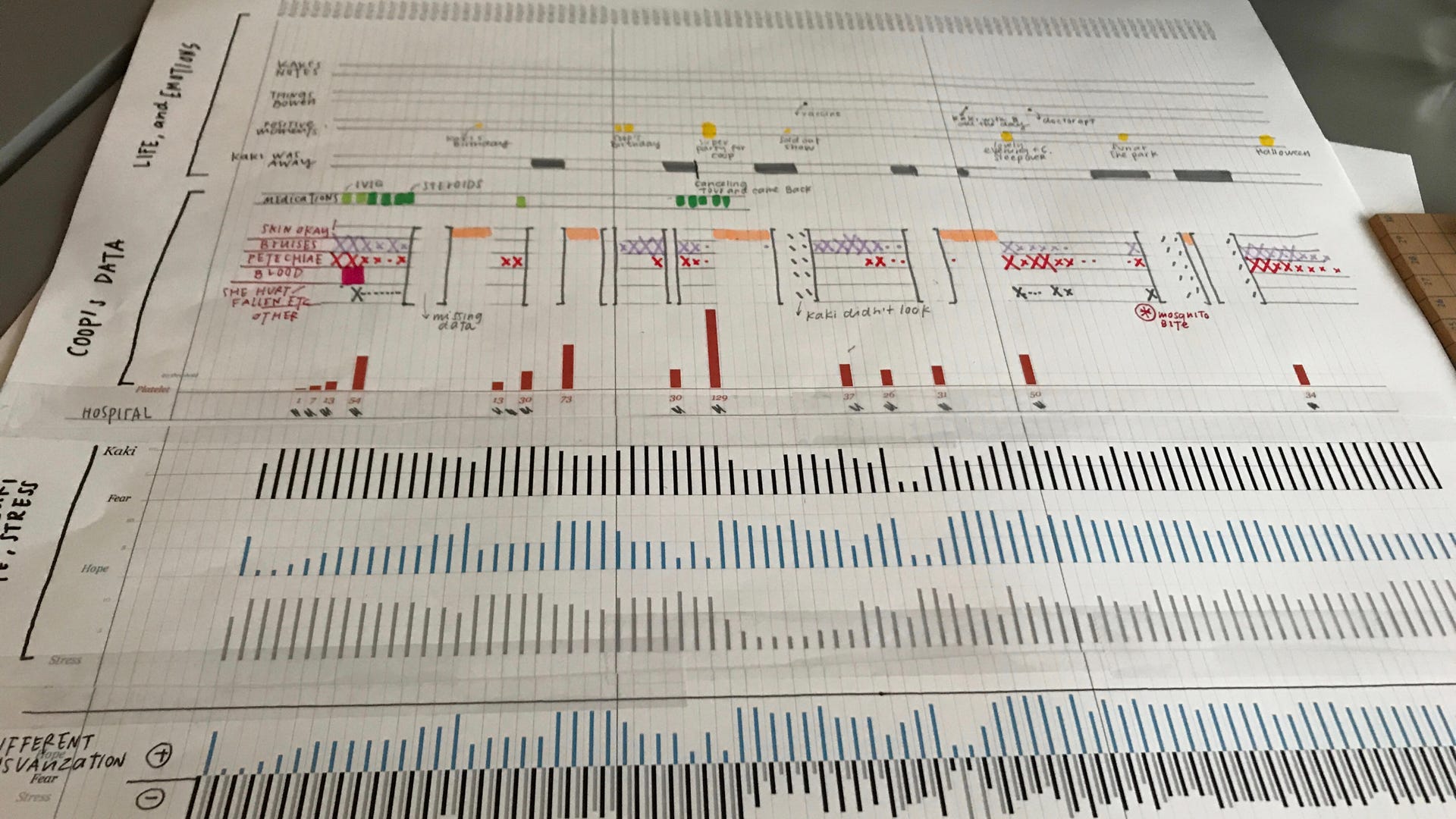

![[OLD FALL 2018] 15-104 • Introduction to Computing for Creative Practice](../../../../wp-content/uploads/2020/08/stop-banner.png)
